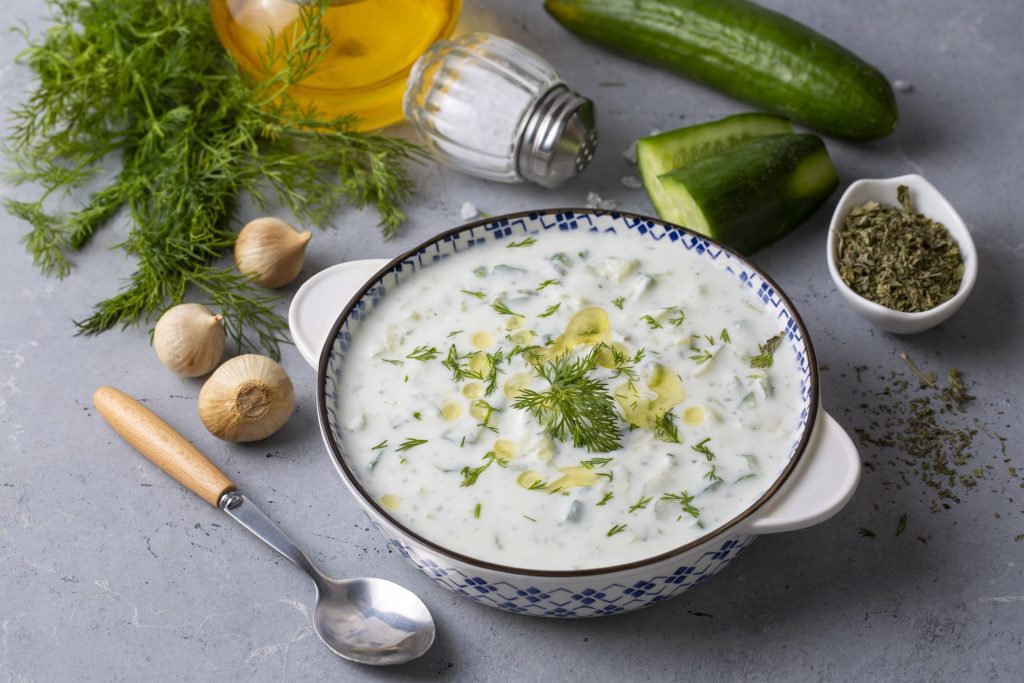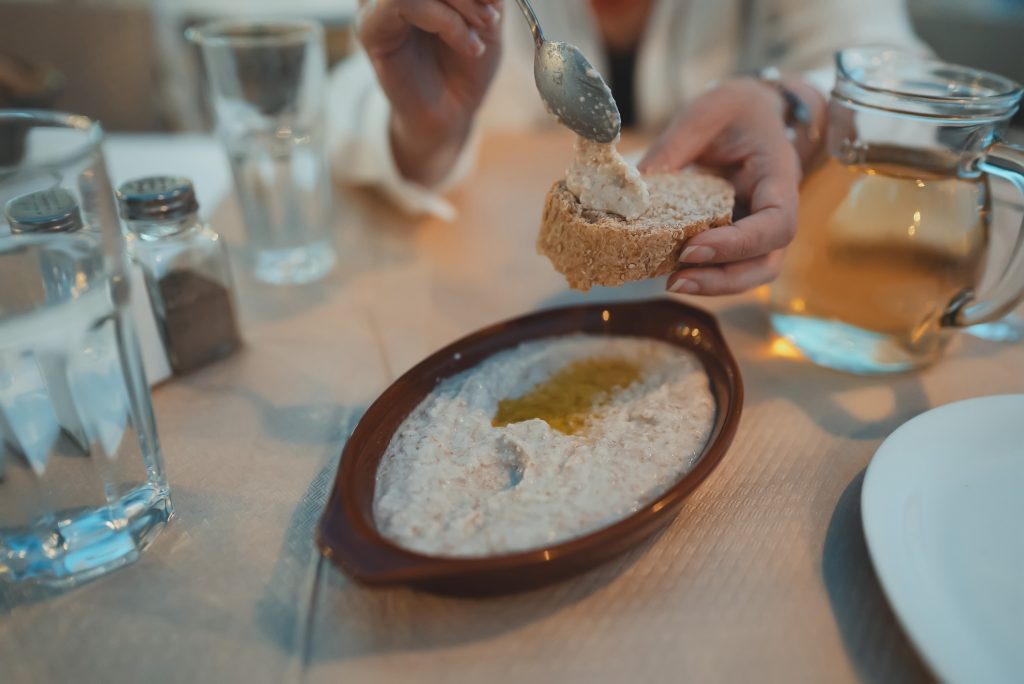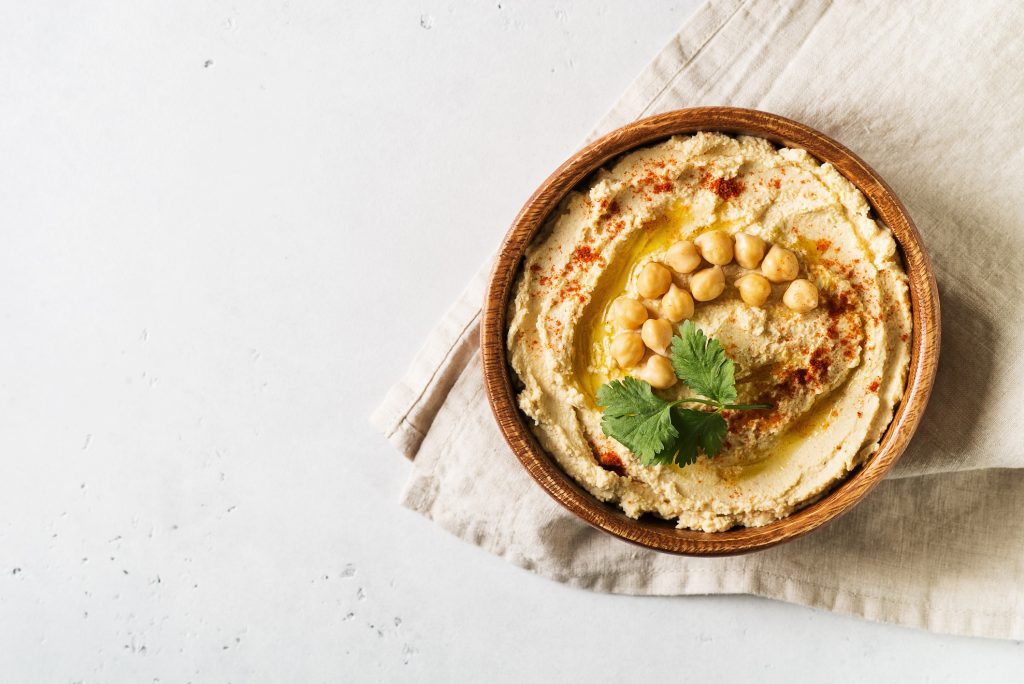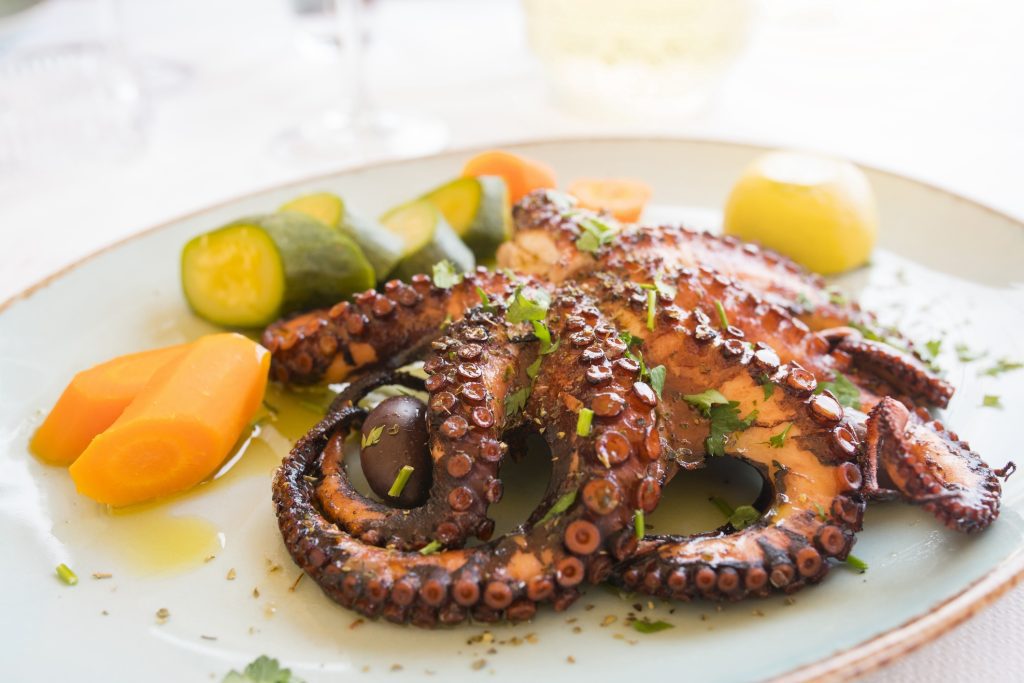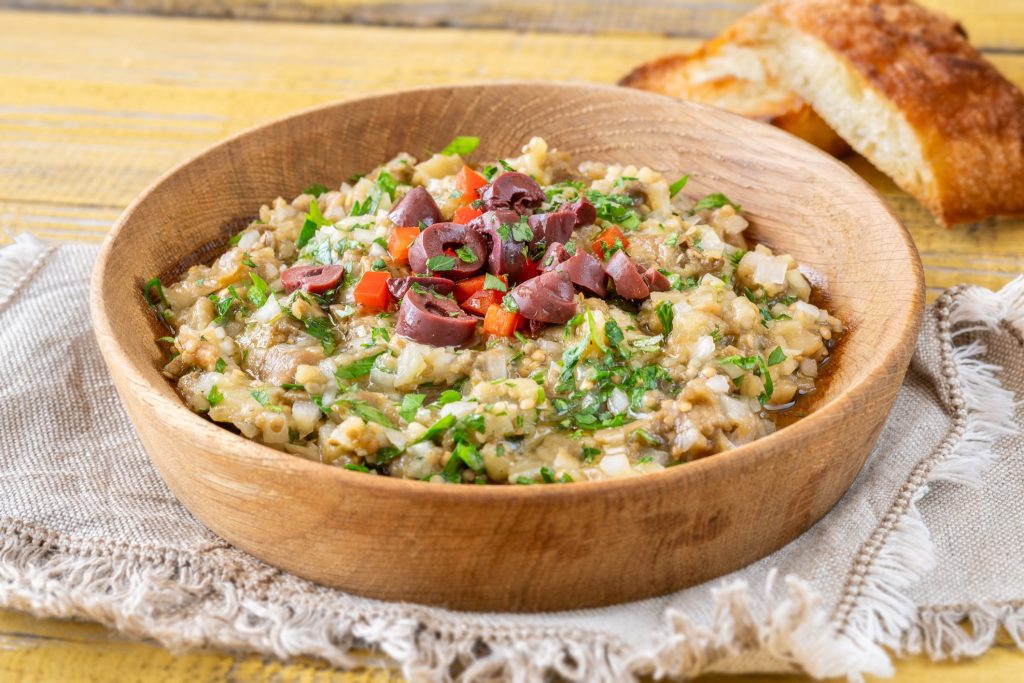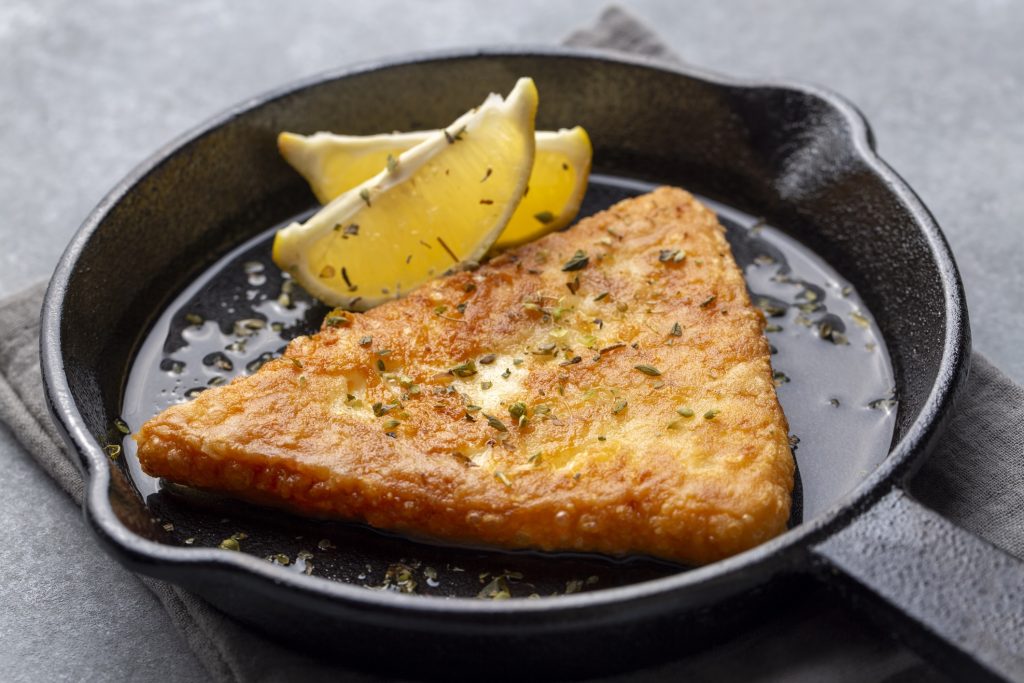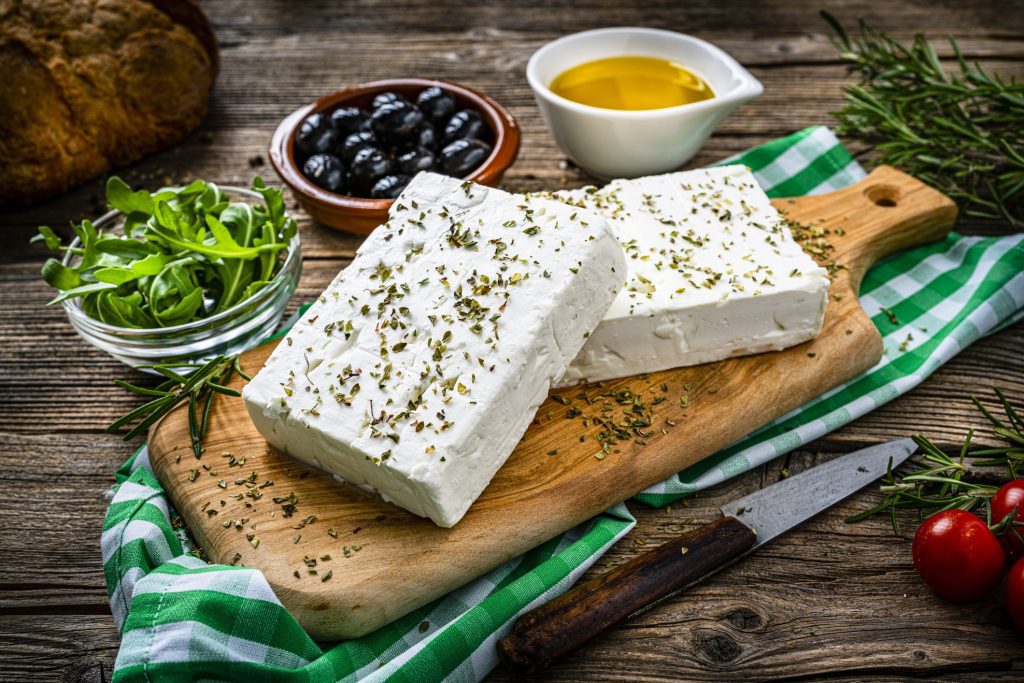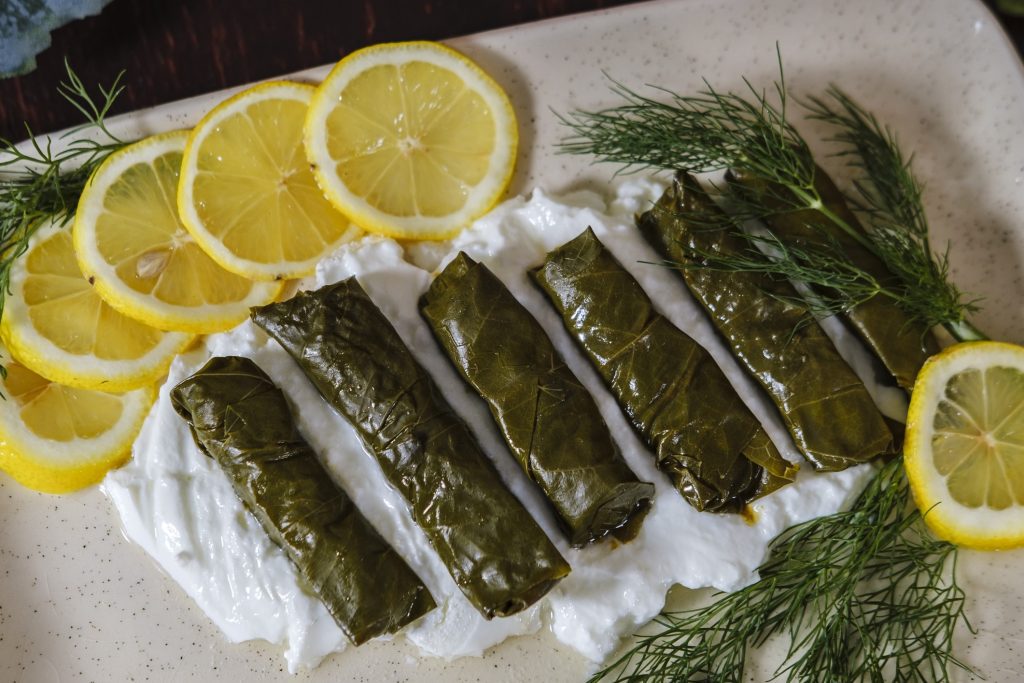When it comes to Greek cuisine, few experiences are as authentic and enjoyable as indulging in a meze feast. Meze (or “mezze”) is not just about food—it’s a social event, a way of life, and a tradition deeply embedded in Greek culture. These small plates, bursting with flavor, offer a diverse array of tastes that allow you to sample the very essence of Greek cooking. Whether you’re enjoying them with a glass of ouzo by the sea or in a cozy taverna with friends, meze is an invitation to slow down, share, and savor. Here’s everything you need to know about the art of Greek meze.
1. What is Meze?
Meze refers to a collection of small dishes served as appetizers or as part of a larger meal. The word “meze” comes from the Turkish word “mezze,” meaning “taste” or “snack,” and it perfectly encapsulates the spirit of these small, flavor-packed dishes. While meze can be found throughout the Eastern Mediterranean, Greece has its own unique take on this culinary tradition.
Meze can be enjoyed as a light snack alongside drinks, or as a full meal, where a variety of dishes are shared among the table. The focus is on variety, with each dish offering a different flavor profile—salty, tangy, sweet, or spicy. It’s an experience that encourages conversation, lingering over food, and appreciating the company of others.
2. The Essential Greek Meze Dishes
Greek meze offers a vast array of options, with dishes that cater to all tastes. Here are some of the most popular and essential meze plates you’ll encounter:
-
Tzatziki: This creamy yogurt-based dip, made with garlic, cucumber, and dill, is a staple of Greek meze. It’s refreshing and pairs perfectly with warm pita bread or as a side to grilled meats.
-
Dolmades: Grape leaves stuffed with a mixture of rice, herbs, and sometimes meat. These bite-sized rolls are both flavorful and filling, with a unique texture that combines the tenderness of the grape leaf with the satisfying bite of the filling.
-
Feta Cheese: No meze spread is complete without feta, the iconic Greek cheese. Served simply with olive oil and oregano or as part of more complex dishes, feta’s tangy, salty flavor is a perfect complement to many meze plates.
-
Saganaki: This dish features a slice of fried cheese, typically kefalotyri or graviera, that’s crispy on the outside and gooey on the inside. Often flambéed with brandy and served with a squeeze of lemon, saganaki is a crowd-pleaser.
-
Keftedes: Greek meatballs made from a mixture of ground meat (usually beef or lamb), breadcrumbs, and herbs. Keftedes are fried until golden and served with a side of tzatziki or tomato sauce.
-
Melitzanosalata: A smoky, eggplant-based dip made with roasted eggplant, garlic, olive oil, and lemon juice. It’s rich, flavorful, and perfect for spreading on bread.
-
Octopus: Grilled or marinated, octopus is a common meze dish, particularly in coastal regions. When grilled, it’s tender and smoky, often served with olive oil and lemon.
-
Hummus: Though more commonly associated with Middle Eastern cuisine, hummus—made from blended chickpeas, tahini, garlic, and lemon juice—has found its place on many Greek meze tables, especially in tourist areas.
-
Taramosalata: A creamy spread made from fish roe, mixed with olive oil, lemon juice, and bread or potatoes. It has a distinctive pink color and a briny, slightly tangy flavor.
3. The Social Aspect of Meze
Meze is as much about the social experience as it is about the food. It’s common in Greece to order several meze dishes for the table, allowing everyone to sample a variety of flavors. The dishes are meant to be shared, fostering a communal dining experience where conversation flows as freely as the wine or ouzo.
In many Greek tavernas, meals begin with meze, served alongside drinks as a way to ease into the evening. The pace is leisurely, with dishes arriving at the table one or two at a time, allowing everyone to savor each bite. This style of dining encourages interaction, with people reaching across the table, offering others a taste of their favorite dish, and enjoying the collective experience.
4. Pairing Meze with Drinks
Meze is often enjoyed with a glass of ouzo, Greece’s famous anise-flavored spirit, which pairs particularly well with salty and savory dishes. When mixed with water, ouzo turns a milky white and is sipped slowly, enhancing the flavors of the food.
Other popular drink pairings include raki (a strong Cretan spirit), tsipouro (a potent distilled spirit), and of course, wine. Each region in Greece has its own local wines, from the crisp whites of Santorini to the robust reds of the Peloponnese, and these wines often complement the meze dishes of the area.
5. Where to Enjoy Meze in Greece
While you can find meze in almost any taverna across Greece, some places are particularly renowned for their meze culture. In Athens, the neighborhoods of Plaka and Monastiraki are filled with traditional tavernas where you can enjoy a wide variety of meze dishes. On the islands, coastal towns like Mykonos, Santorini, and Crete offer stunning settings to enjoy meze with fresh seafood.
For a more local experience, seek out ouzeri—small, traditional bars that specialize in serving ouzo alongside a selection of meze. These establishments are often family-run and offer an authentic glimpse into Greek dining culture.
Conclusion: Savor the Flavors of Greek Meze
The art of Greek meze is more than just a culinary tradition—it’s a way to experience the richness of Greek culture and hospitality. Whether you’re enjoying a simple plate of olives and feta or indulging in a full spread of diverse dishes, meze invites you to slow down, share, and appreciate the flavors of Greece. So next time you find yourself in Greece, take the time to enjoy a meze feast, and discover the small plates with big flavors that make Greek cuisine so special.




